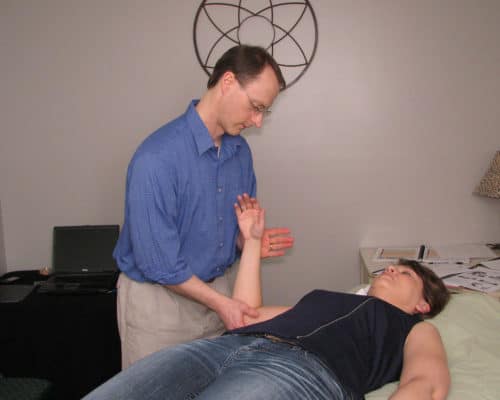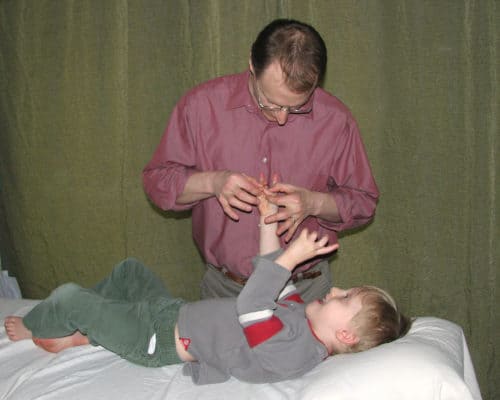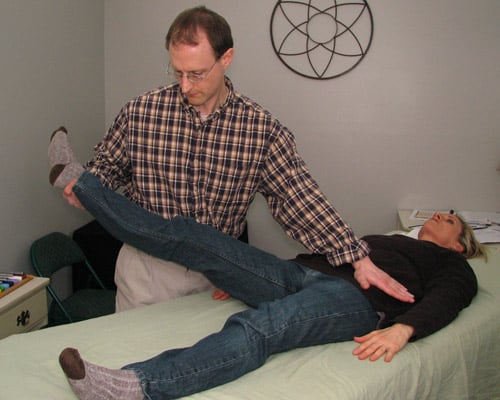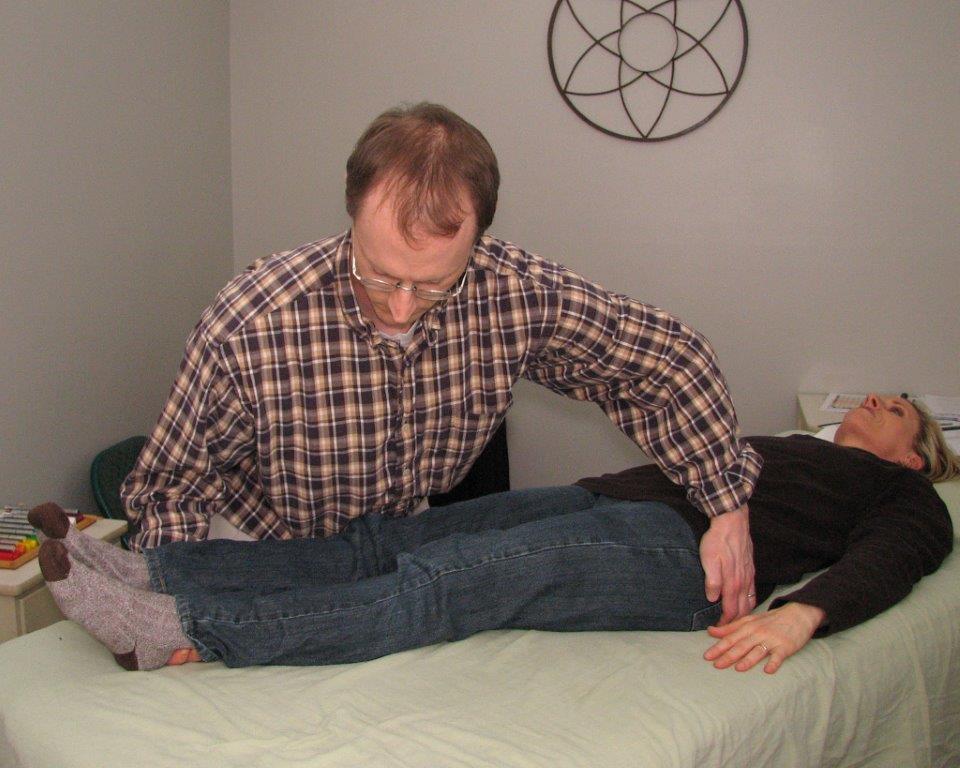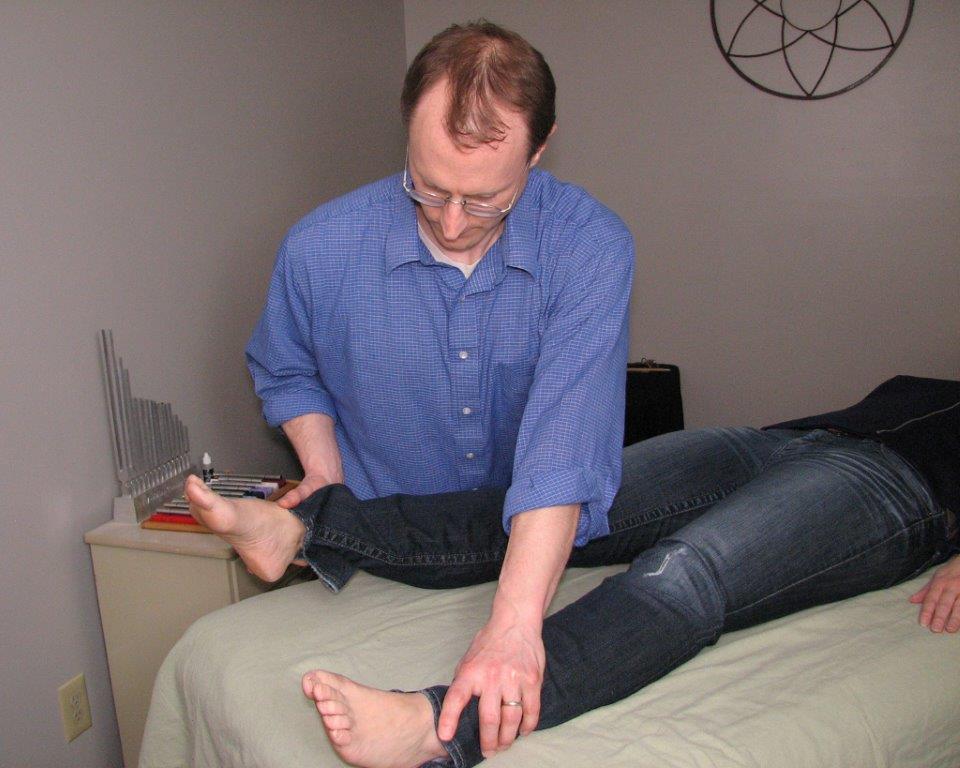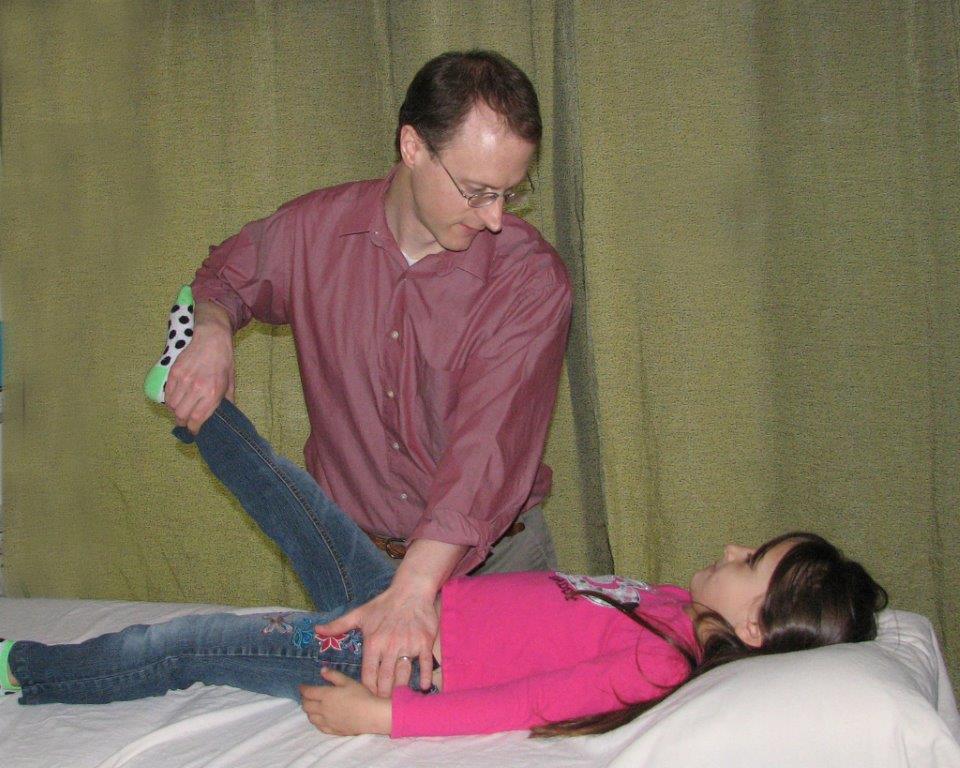Muscle Monitoring
What is Muscle Monitoring
Muscle monitoring is a biofeedback tool in which a muscle can make subconscious stresses and imbalances observable. Muscle monitoring is used to access the integrity of a muscle response, not the strength of the response.
To do it, a muscle is put in a specific contracted or extended position and pressure is added to see how the muscle will respond – if it will lock or unlock. “Lock” means the muscle will hold in place against the pressure and not move. “Unlock” means the muscle will yield to pressure and move. There’s a little bit more to it as well, but that describes the basics.
Muscle monitoring is an indication of stress only. Please note some people use muscle monitoring with the viewpoint of “strong is good, and weak is bad”. Others use it with the intent to answer yes/no questions. Both of these are improper usages of muscle monitoring.
" Doug pinpointed unresolved issues that were the culprits and was very thorough. He looks beyond the reasons you “think” are the causes. And he somehow understands what your body is telling him even when you don’t. "
History of Muscle Monitoring
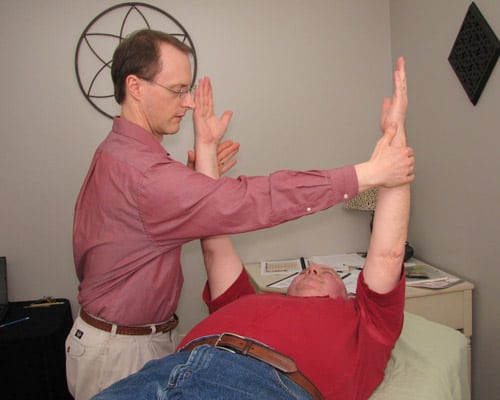
Many different cultures around the world have been aware of the energy in the body. Most well-known today are the knowledge and understanding of the ancient Chinese, Japanese, and sub-continent Indians. The Greek and Roman cultures also were aware of energy in the body. People have developed many terms to describe these energies, including Chi, Ki, Jing, Prana, vital energy, subtle energy, etc. Each of these terms represents nuances across the spectrum of energy as understood by different peoples and cultures. Unfortunately, in today’s modern western culture, many people have dismissed the notion of subtle energy in the body because they either do not understand it or do not know how to access it.
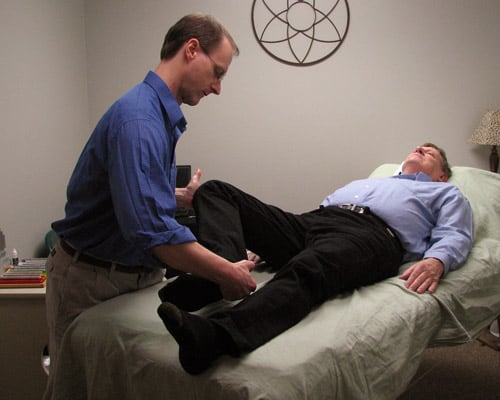
In the early-mid 1900s western physicians were focused on better understanding the function and role of muscles in the body. Dr. R. Lovett (1912) and physiotherapists Henry and Florence Kendall originally developed muscle monitoring as a way to understand muscle functionality and strength from an academic, anatomical and physiological perspective. In 1949 Kendall and Kendall published their works which defines the biomechanical approach of muscles and joints we call Muscle Monitoring. What they did not realize what that the very muscle monitoring they were working with could also do be used for much more. They had unknowingly found a way to interface with the subtle energies in the body.
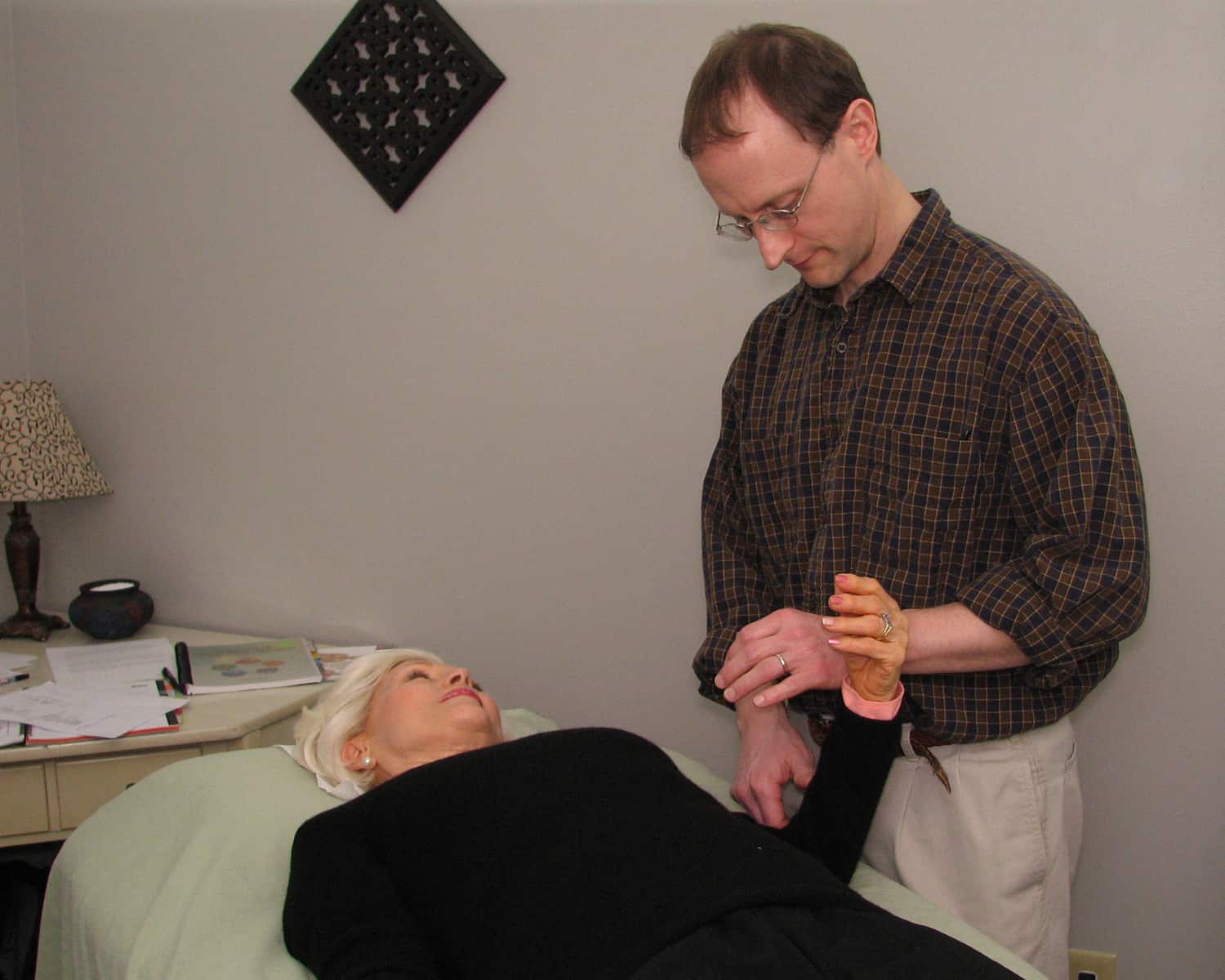
In 1964, Dr. George Goodheart, the father of modern day kinesiology discovered it went beyond simple muscle performance. He found a correlation between different muscle states and specific disease. And as he furthered his work, he also discovered the relationship between physical muscles, energetic meridians, and physical body organs. Hence, he was able to blend western physical muscle work with eastern meridian energy work.
" His work helps to identify what was needed, thus alleviating the guesswork. "
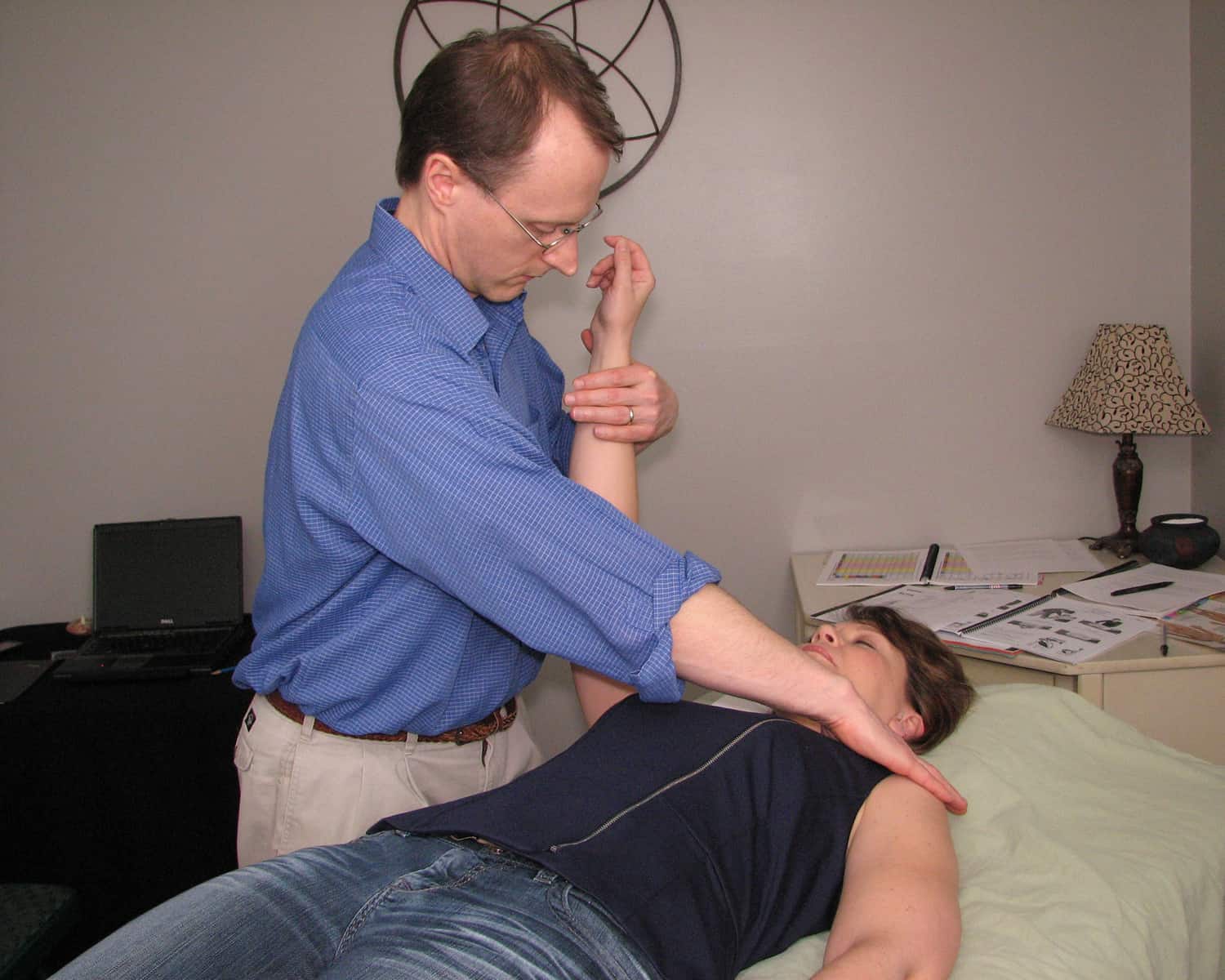
When Dr. Goodheart made his discovery, it effectively opened wide the doors to the energy world. It created a physical method that could be used to access and evaluate the energy and energetic systems in the body. Almost immediately, different people started researching this and developed their own systems of how to work with the energy in the body. Many modalities emerged, each with its own emphasis (learning enhancement, sports optimization, jack-of-all-trades, quick and easy fix, capable of handling really deep issues, hydration work, neurological based, etc) , and/or focus of who the practitioner would be (professional practitioner, layman helping family members, child helping himself, etc). To see which modalities we use at Meridian180, visit our Core Modalities page.

